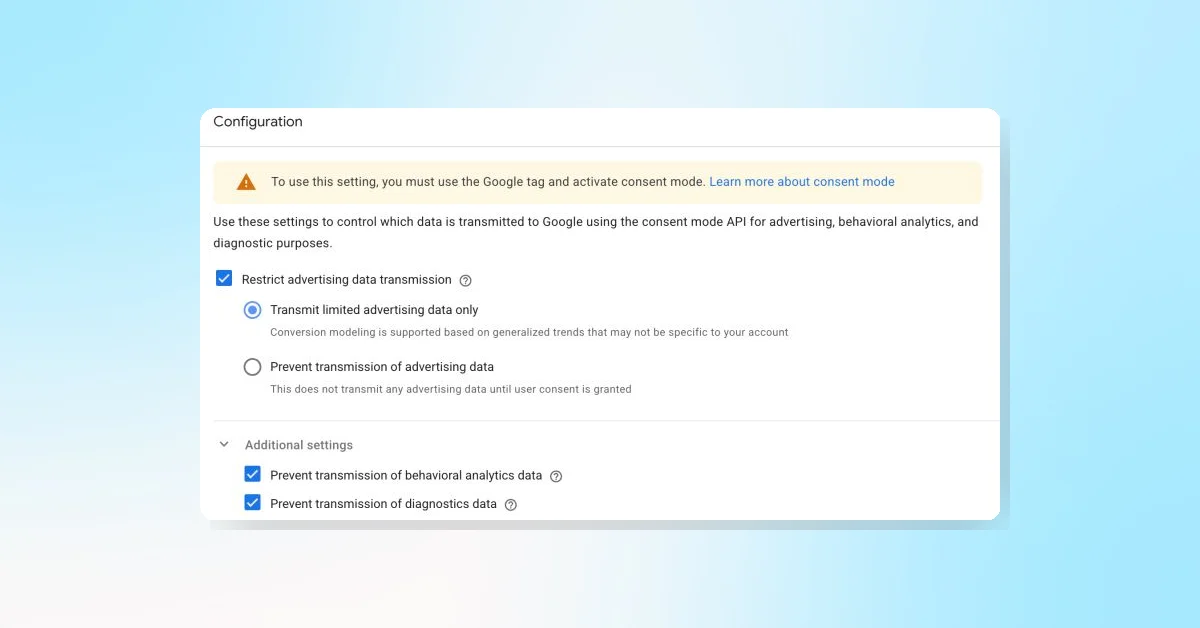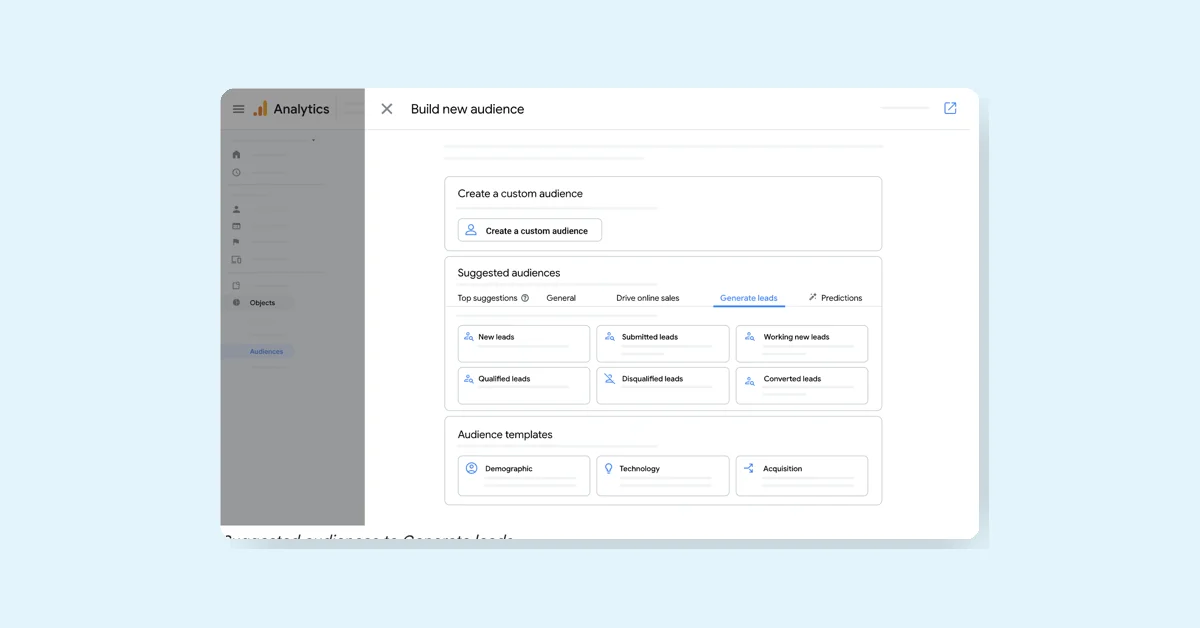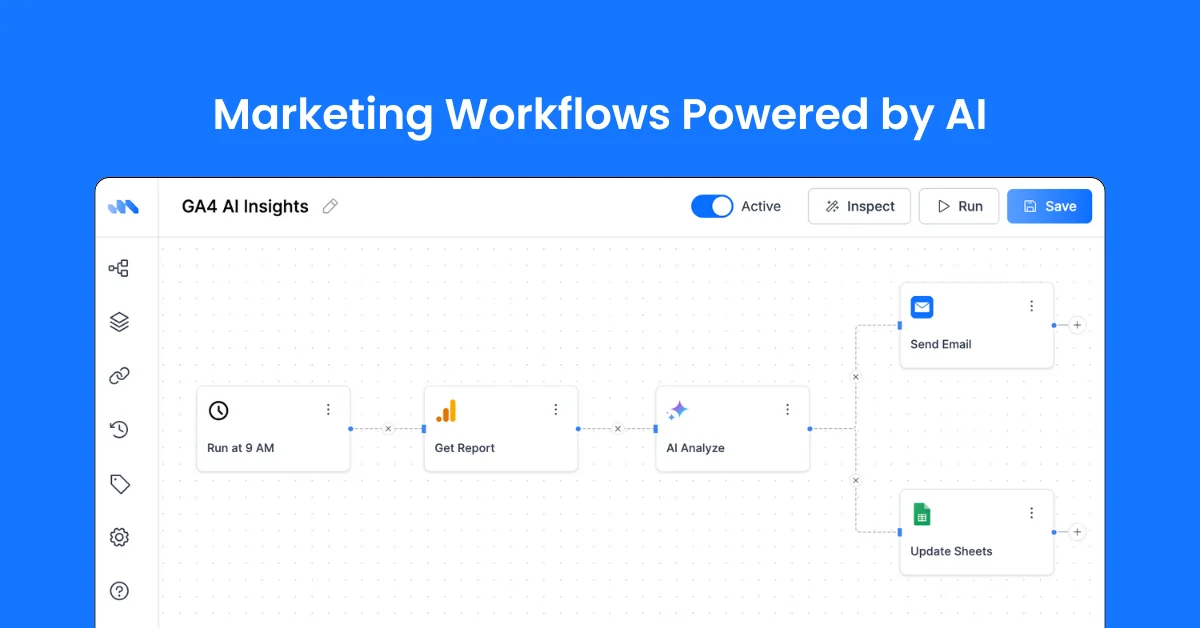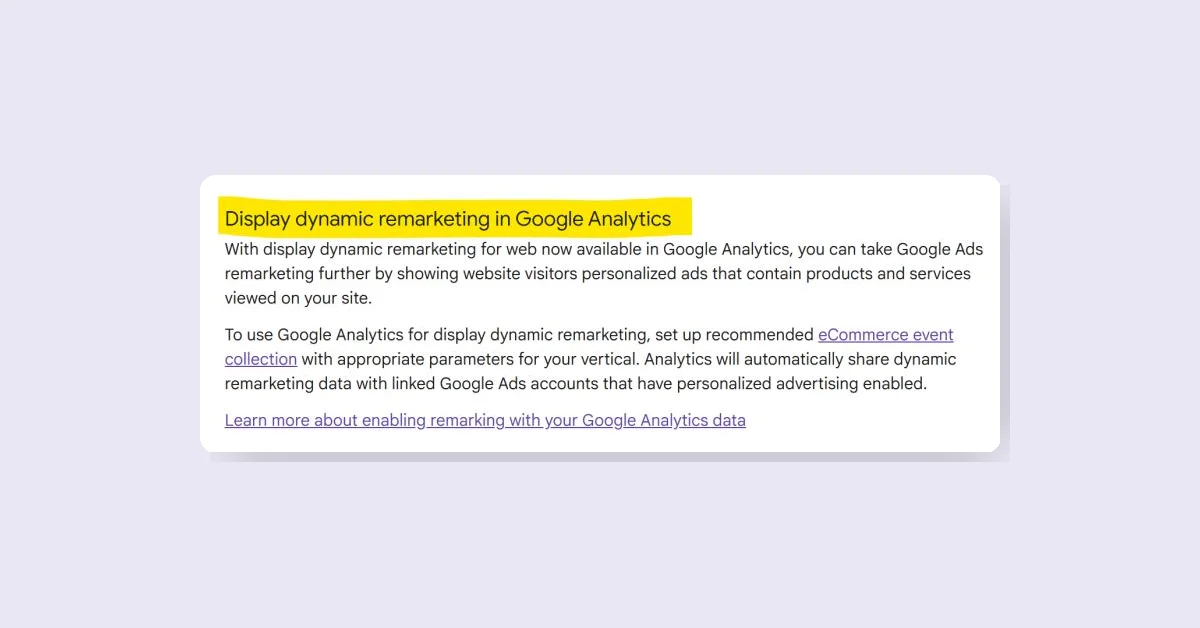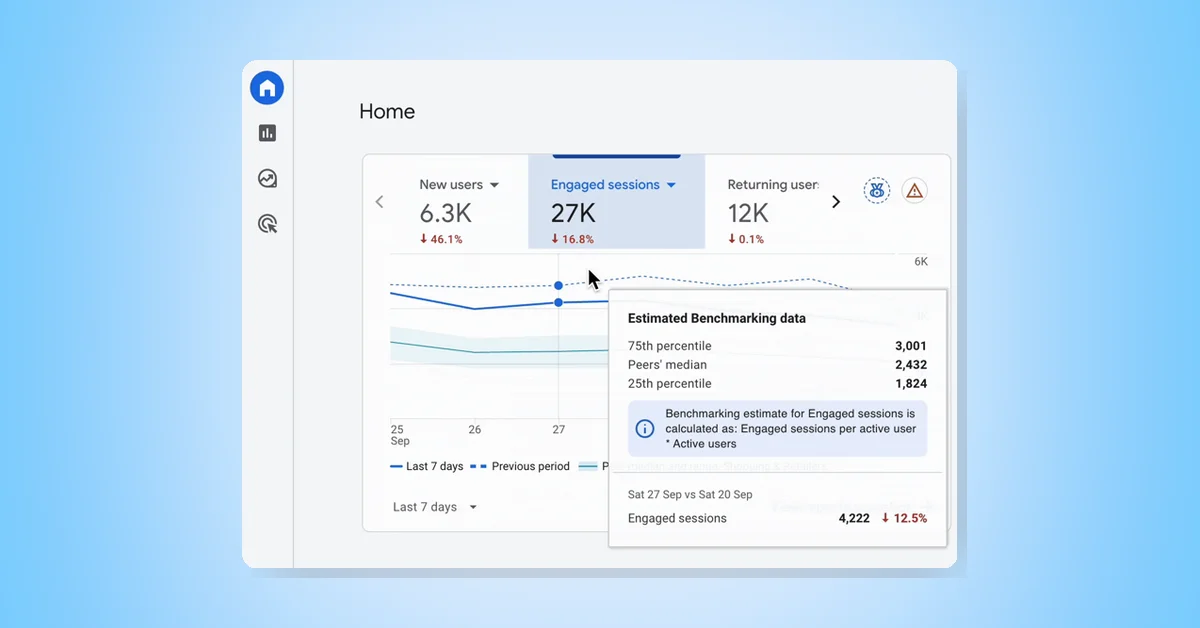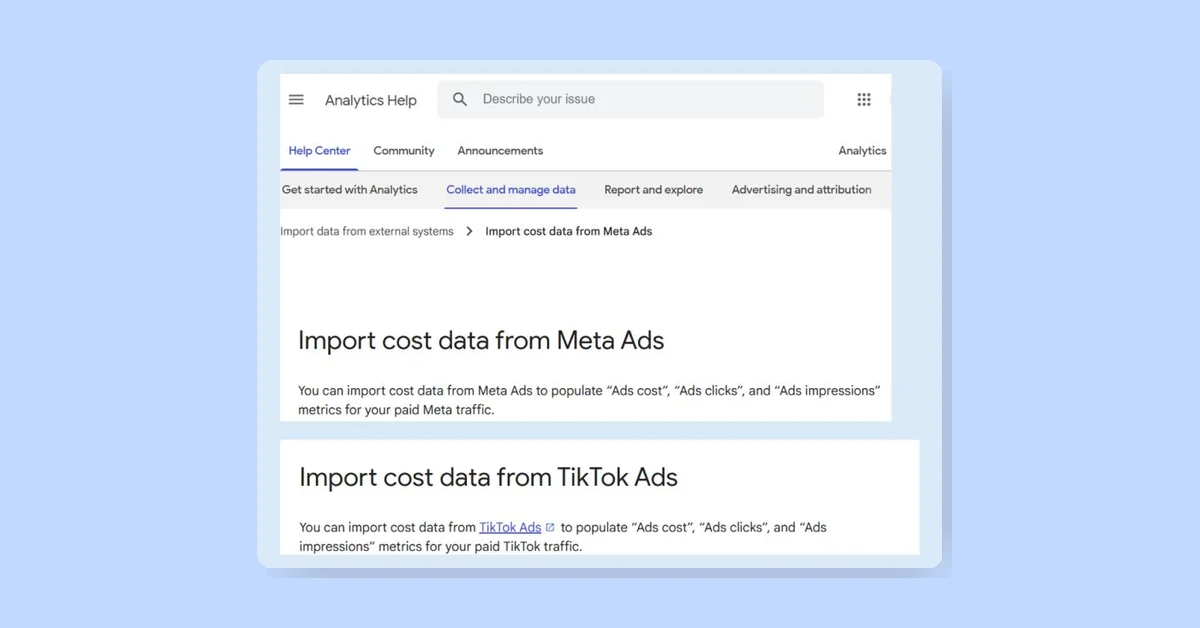Google has implemented an update to server-side Google Tag Manager (SGTM) that changes how it handles Google Analytics 4 (GA4) configurations. This update affects data stream consolidation and event tracking processes.
Key Points of the Update:
Automatic Configuration Fetching: SGTM now retrieves GA4 configurations automatically. This process is not visible in Preview mode or logs.
Data Stream Consolidation: When sending data to multiple GA4 streams, the configuration for each stream is applied to the outgoing request automatically.
Key Event Flagging: The system adds the "_c=1" flag to outgoing streams for events designated as key events in the target GA4 property.


- Stream Generation: For new GA4 streams created in SGTM, manual annotation of key events is no longer required.
Implications for Users:
- Configuration Management: This update changes the process of managing multiple GA4 streams within SGTM.
- Data Tracking: Automatic application of stream-specific configurations may affect event tracking across different properties.
- Setup Process: The elimination of manual key event annotation for new streams alters the setup procedure.
Considerations:
The update raises some questions:
Transparency: The mechanism behind the automatic configuration fetching is not clearly visible in the usual debugging tools.
Performance: There are questions about potential network egress if the server needs to fetch configurations from Google before generating outgoing requests.
Documentation: Currently, there appears to be limited official documentation on this feature.
Looking Forward:
This update changes GA4 integration within SGTM. Users and developers are seeking more information and documentation from Google regarding how this feature works and its potential impacts on server performance.
As digital analytics practices continue to evolve, updates like these reflect ongoing changes in data collection and processing methods. Users may want to monitor their SGTM setups for any changes in behavior and look out for official announcements or documentation from Google regarding this feature.


